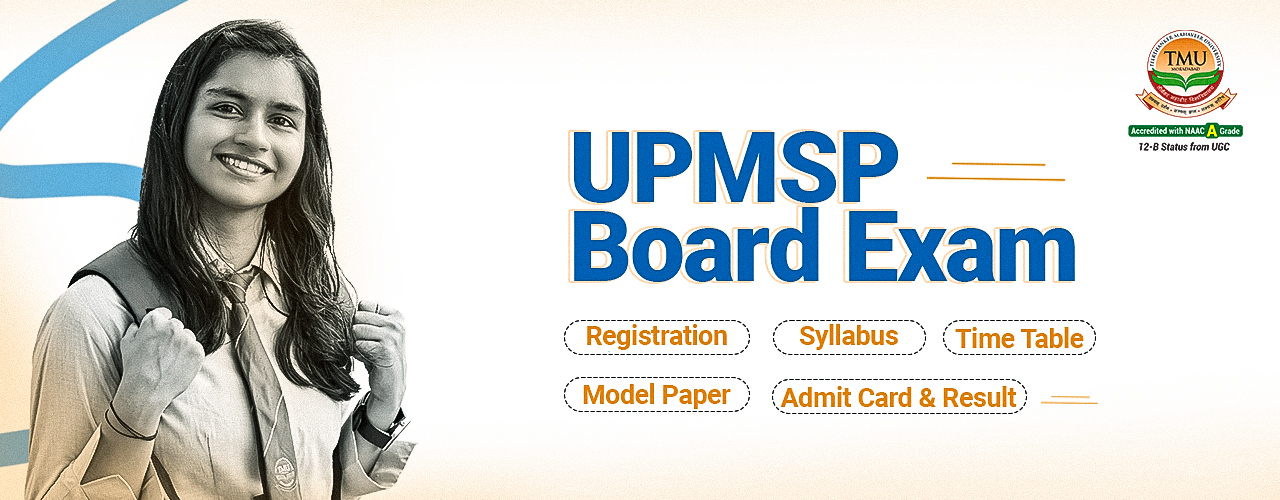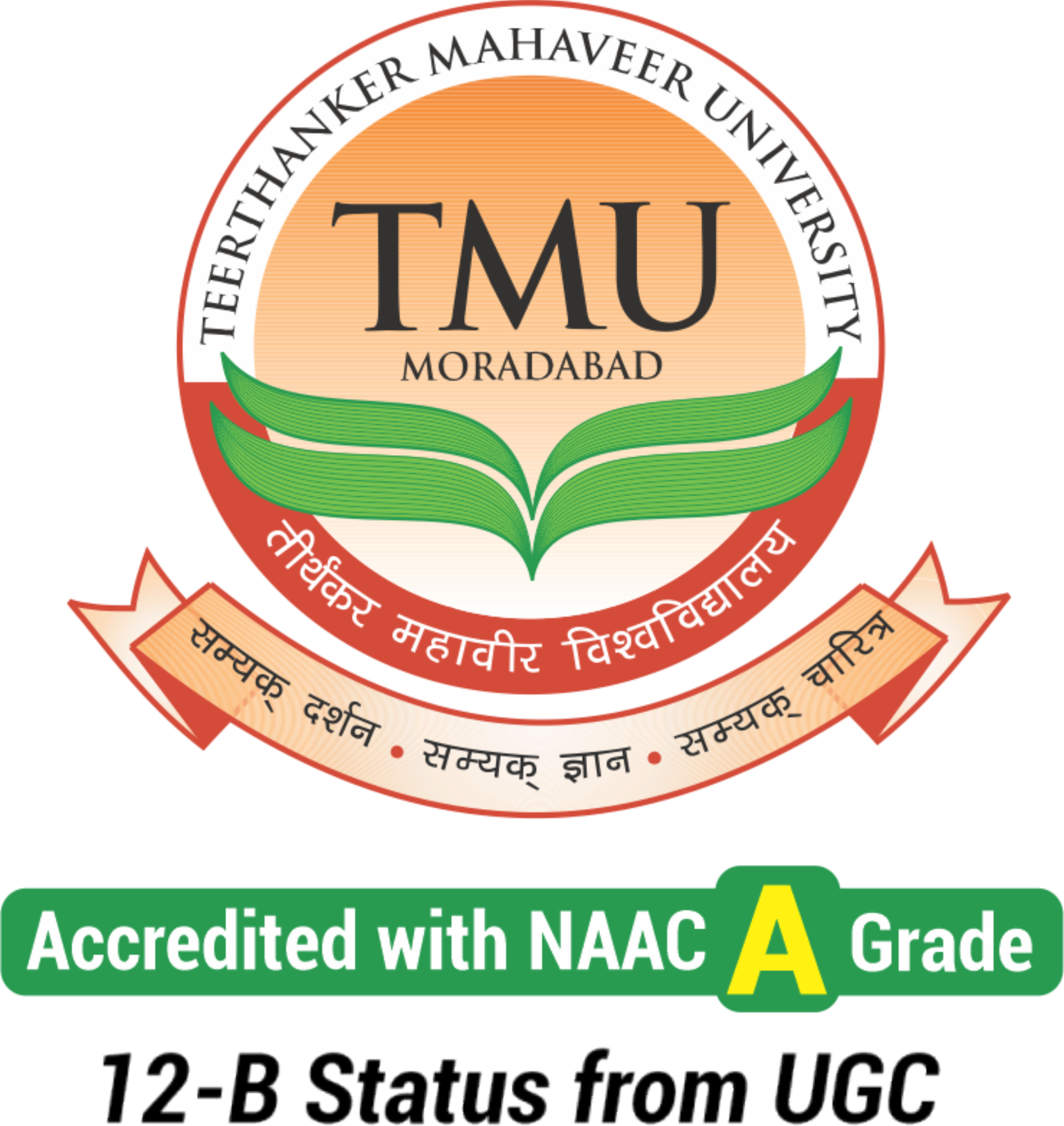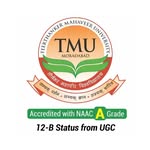UP Board Exam 2026: Registration, Syllabus, Admit Card and Result
Table of Contents
The UP Board exams (conducted by the Uttar Pradesh Madhyamik Shiksha Parishad, U.P. Board) are among the most important public schooling examinations in India.
Every year, hundreds of thousands of students in classes 10 (high school) and 12 (intermediate) appear for these exams, which determine their further education paths—college admissions, vocational courses, and career choices. The 2026 iteration carries with it not just hope but expectations: updated exam formats, revised syllabi, and maybe new techniques in registration or evaluation.
UP Board Exam 2026: Overview Table
| Particulars | Details |
| Name of the Exam | Uttar Pradesh Board Examination 2026 |
| Conducting Authority | Uttar Pradesh Madhyamik Shiksha Parishad (UPMSP) |
| Exam Level | State-Level Examination |
| Classes Covered | Class 10 (High School) and Class 12 (Intermediate) |
| Mode of Registration | Online via official UPMSP portal |
| Official Website | https://upmsp.edu.in |
| Exam Frequency | Once a year |
| Academic Year | 2025–2026 |
| Registration Start Date | Expected in November 2025 |
| Registration Last Date | Likely by January 2026 |
| Admit Card Release | February–March 2026 |
| Exam Month | April–May 2026 |
| Result Declaration | June–July 2026 |
| Supplementary Exam | August 2026 (Tentative) |
| Re-evaluation Window | Within 15 days after the result announcement |
| Mode of Exam | Offline (Pen & Paper Mode) |
| Total Marks per Subject | 100 Marks (Theory + Practical/Internal) |
| Passing Marks | Minimum 33% in each subject |
| Streams (Class 12) | Arts, Science, Commerce |
| Syllabus Basis | NCERT-based (updated 2026 version) |
| Admit Card Download Portal | Available on UPMSP website |
| Evaluation Process | Manual + Digital Scanning (Hybrid Mode) |
| Result Access Mode | Online via official portal / SMS / School notice |
| Grace Marks Policy | Applicable for borderline scores (as per UPMSP rules) |
| Medium of Exam | Hindi & English |
| Helpline / Contact | +91-532-2623180 / ✉️ info@upmsp.edu.in |
Teerthanker Mahaveer University
Apply for Admission
Click Here To Apply for Admission
Registration for UP Board Exam 2026
The board generally publishes a schedule every year specifying registration opening and closing dates. For 2026, these are expected to follow a similar calendar as previous years:
- Registration start date: Usually in November or December 2025
- Registration end date: Typically in January 2026 (mid or late)
- Late registration/correction window: A few days/weeks after the main deadline, with an additional fee
Students must mark these dates in their calendars and act promptly—delayed registrations often either incur extra fees or may not be accepted at all.
Documents Required
When registering (especially online), students are typically required to submit the following:
- Photograph — recent passport-size color photograph (scanned)
- Signature — scanned signature of the student
- Date of Birth proof — e.g., birth certificate, matriculation certificate
- School/Institution details — the name, code, address of the school/college
- Previous academic record — marksheet or certificate for class 9 (for class 10 registration) or class 11 (for class 12 registration)
- ID proof—e.g., Aadhar card, student ID, etc.
- Fee payment proof — for online payment systems
- Category certificate (if applicable) — SC/ST/OBC/EWS certificate
- Other optional documents — for special cases (e.g., differently abled students, grace marks applications, etc.)
Make sure the scanned documents are of acceptable file format (usually JPEG, PNG, or PDF) and adhere to the size limits (e.g. below 200-300 KB) as specified in the registration form.
Process (Online / Offline)
Recently, the U.P. Board has shifted heavily toward online registration. Here’s how the process generally works:
- Visit the official portal of Uttar Pradesh Madhyamik Shiksha Parishad (U.P. Board).
- Open the relevant link for “Registration — UP Board Exam 2026.”
- Fill the registration form: Students must enter their personal information (name, parents’ name, date of birth), institution details, subject choices (for class 12), and other details as required.
- Upload scanned documents: photograph, signature, proof of date of birth, previous academic record, category certificate etc.
- Pay the registration fee through available modes (credit/debit card, net banking, UPI, or bank challan).
- Submit the form and note your registration number/acknowledgement slip.
- Correction window (if any): A short period when students can correct any mistakes in the submitted data.
In rare cases, offline registration (through the school/institution) may still be allowed—especially for remote or rural schools. In such a case, the school collects physical forms and sends them in bulk to the board office, along with prints of the student documents and fees.
Fee Structure
The registration fee is relatively nominal but varies by class, category (general / SC / ST / OBC / PH), and whether the candidate is private or regular. Historically:
- Class 10: A modest fee (a few hundred rupees)
- Class 12: Slightly higher due to higher exam complexity
- Late registration: Additional penalty / late fee
- Practical exams/project work: Sometimes charged separately
In the official 2026 notification, the board will mention exact fee amounts for each category and class. Always confirm from the board’s official website or authorised school notices.
UP Board Syllabus & Exam Pattern
One of the most crucial steps to success is clarity on what to study and how the exam will be structured. U.P. Board releases official syllabus documents for all subjects—class 10 and class 12 (across Arts, Science, Commerce). Here’s how you can navigate.
Subject List for Class 10
In class 10, the syllabus is more generalised, and students are required to take a set of compulsory and optional subjects. Common subject groups include:
- Hindi (Compulsory)
- English (Compulsory)
- Mathematics
- Science (General or split into Physics, Chemistry, Biology)
- Social Science (History, Geography, Civics, Economics)
- Optional language (Sanskrit, Urdu, etc.)
- Work Education / Computer / Art (some schools have an additional elective)
The exact list of optional/ancillary subjects may vary by school.
Subject List for Class 12 (Arts, Science, Commerce streams)
For Class 12, subjects diverge depending on the stream:
- Science: Physics, Chemistry, Mathematics, Biology, Computer Science, English, and elective/optional subjects
- Commerce: Accountancy, Business Studies, Economics, Mathematics / Informatics Practices, English, optional subject
- Arts / Humanities: Geography, Political Science, History, Sociology, Psychology, Hindi, English or other language, optional subject
Students must pick a fixed number of subjects—core and optional—according to the rules specified by U.P. Board.
Detailed Syllabus Pointers (for Core Subjects)
Let’s look at a few major subjects to see how a syllabus is typically structured:
Mathematics (Class 12 Science / Commerce)
- Algebra (Matrices, Determinants)
- Calculus (Differentiation, Integration)
- Vectors and 3D Geometry
- Probability & Statistics
- Linear programming
Physics / Chemistry / Biology (Science)
- Physics: Mechanics, Thermodynamics, Electromagnetism, Optics, Modern Physics
- Chemistry: Physical Chemistry, Organic, Inorganic, Surface Chemistry
- Biology: Cell Biology, Genetics, Ecology, Human Physiology, Plant Physiology
Accountancy / Economics (Commerce / Arts)
- Accounting principles, ledgers, financial statements, and ratio analysis
- Microeconomics, macroeconomics, Indian economy, statistical tools
Languages / Humanities / Social Science
- Grammar, comprehension, creative writing (Hindi / English)
- History / Political Science / Geography: themes, case studies, map work
The official syllabus PDF released by the U.P. Board will have chapter-wise breakdowns and weightage (marks allocation) per chapter or unit. Students should download this and stick to it strictly—avoid chasing extra/unofficial content that’s out of syllabus.
Exam Pattern, Marking Scheme, Duration
Knowing how the exam is going to be structured helps you strategize:
- Number of papers: As many as your subject count (typically 5–6 papers)
- Type of questions:
- Objective type (multiple choice, fill in the blanks)
- Short answer / short notes
- Long answer/essay type
- Map work / practical / project (if applicable)
- Marks distribution: Each paper is often 100 marks (theory), plus additional marks for internal assessment, practicals, project work
- Duration: Usually 3 hours for each main theory paper
- Internal assessment / practical / project: Some subjects have internal assessment components or practical papers (especially science, commerce, etc.)
- Negative marking: Usually none in subjective papers; some MCQ sections may have specific rules (if applicable)
For UP Board Exam 2026, if any changes are made (for example, addition of more objective questions or reduced long answers), they will be clearly announced in the board’s exam notification.
Changes or Updates for 2026
Each year, the board may introduce updates—such as cutting out redundant topics, restructuring sections, or adjusting the marking pattern. Some likely changes in 2026 might include:
- More emphasis on application-based questions
- Higher number of MCQs for faster evaluation
- Removal or pruning of some low-relevance chapters
- Stronger focus on internal assessment & project work
- Introduction of digital or online evaluation methods
Students should carefully observe the 2026 official syllabus and compare with past years to catch what’s new, what’s removed, and what weightages have shifted.
UP Board 2026 Admit Card / Hall Ticket
Your admit card is your permission slip to enter the examination hall. Missing or incorrect details on it can cause big trouble. Let’s see how it works.
When It Is Released
Typically, the U.P. Board releases admit cards 2 to 3 weeks before the commencement of exams. In 2026, you can expect the admit card to be issued around February or March, assuming that the exams begin in April or May.
The exact date is published in the board’s exam schedule notification.
How to Download (Online Portal)
Most students will download their admit cards online via the U.P. Board’s official portal. The general steps are:
- Visit the U.P. Board official website (student login section)
- Navigate to the “Admit Card / Hall Ticket 2026” link
- Enter your registration number, date of birth, school code, or other credentials
- The admit card PDF appears — download it
- Print multiple color copies (at least 2) on good quality A4 non-glossy paper
Schools sometimes also help students download admit cards in bulk and distribute them to their students.
Details Printed on Admit Card
Your admit card should contain:
- Student’s name
- Registration/roll number
- Date of birth
- Photograph
- Signature
- School / institution name and code
- Examination centre name and code
- Full address of exam center
- Subject names / subject codes
- Exam dates and timings for each subject
- Instructions/rules (reporting time, items allowed, etc.)
Carefully check each detail for accuracy (especially name spelling, date of birth, photograph) — errors can create administrative headaches.
What to Check & What to Do If There Is an Error
What to check:
- Name spelling, as per your certificate
- Registration/roll number
- Subjects listed
- Exam days and timings
- Exam centre address and code
- Photograph & signature clarity
If you notice any mistake:
- Immediately contact your school or institution’s exam coordinator
- Fill out the correction form (if the board opens a window for it)
- Submit correct documents (ID proof, registration proof)
- The board may issue a revised admit card
If the board does not permit corrections after a certain time, keep proof of your error report and communications — sometimes administrative officers will intervene to allow you to sit.
Important Dates of UP Board 2026
Sometimes, with all the announcements, it’s simple to lose track of what’s when. Here’s a simple summary table and student checklist to keep you organised.
Important Dates (Tentative)
| Event | Expected Date (2026) | Remarks |
| Registration Start | November 2025 | Online at UP Board portal |
| Registration End | January 2026 | Late fee applies after due date |
| Admit Card Release | February–March 2026 | Download from official site |
| Exam Start | April 2026 | Class 10 & 12 both |
| Exam End | May 2026 | Varies by subject |
| Result Declaration | June–July 2026 | Online results available |
| Supplementary Exam | August 2026 | For failed subjects |
| Re-evaluation Deadline | Within 15 days after the result | Apply online |
Conclusion
The UP Board Exam 2026 isn’t just another academic test — it’s a stepping stone to your dreams. Whether you’re aiming for college admissions, scholarships, or simply a strong start in your career, this exam shapes your journey.
To sum up:
- Start early and register on time.
- Stick to the official syllabus—avoid distractions.
- Practice past papers, take mocks, and manage your time wisely.
- Download and verify your admit card before exams.
- Stay calm, confident, and consistent.
Every year, lakhs of students prove that success in UP Board exams isn’t about luck—it’s about preparation, persistence, and patience. You can do it too.
FAQs
Q1. When will the UP Board 2026 registration start?
Ans: Registration is expected to begin in November 2025 on the official UPMSP website.
Q2. How can I download my UP Board 2026 admit card?
Ans: You can download it from the official portal by entering your registration number and date of birth, or collect it from your school.
Q3. What is the passing percentage for UP Board exams?
Ans: Students must score at least 33% in each subject and overall to pass.
Q4. Can I apply for re-evaluation if I’m unhappy with my marks?
Ans: Yes, the UP Board allows re-evaluation or scrutiny within 15 days of result declaration.
Q5. What’s new in the UP Board 2026 syllabus?
Ans: The syllabus has been updated to include more NCERT-based chapters, skill-oriented topics, and reduced redundancy across classes.















